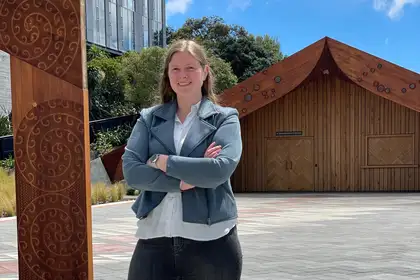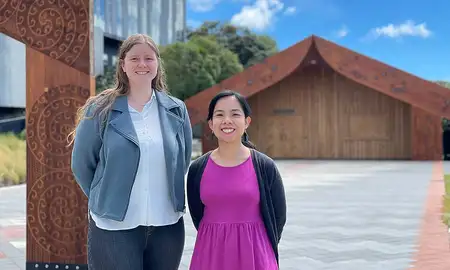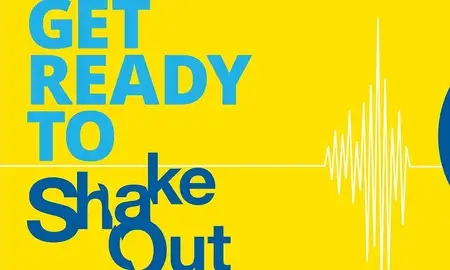
Dr Lauren Vinnell from Massey's Joint Centre of Disaster Research.
Do people who live in regions of lower seismic activity in Aotearoa New Zealand think about and prepare well for earthquakes in their regions?
A research project funded by Toka Tū Ake EQC will provide a better understanding about what influences those people who live in regions of comparatively lower - but still significant - seismic risk, and how they think and act.
The research is focusing on two lower seismic regions: Tāmaki Makaurau (Auckland) and Te Tai Tokerau (Northland). The results will provide insights about how people perceive, and prepare or don’t prepare, for earthquake activity in low seismic zones.
Dr Lauren Vinnell from the Joint Centre of Disaster Research will lead the project to identify which factors affect perceptions in these regions, so that public education messages can be adjusted to help people be more informed and prepared.
The first part of the project is a survey on current earthquake awareness and preparedness in the two regions, which has been released this week. People in the Tāmaki Makaurau (Auckland) and Te Tai Tokerau (Northland) regions are invited to participate in the survey by clicking here.
Once the results are in, the researchers will work with key local people, including councils, emergency management, iwi and local Pacific groups, to hold community focus groups to understand some of the issues identified in the survey.
“We hope this research will help teams such as those in local emergency management in Tāmaki Makaurau and Te Tai Tokerau, who are already doing the work to get their communities more prepared for earthquakes, and increase the impact of their work,” Dr Vinnell says.
“We’re also excited to share our findings with those communities who contribute to the research, to make our research participation more reciprocal.”
In the past, research has looked at perceptions and preparation for separate natural hazards, but it has not given a clear understanding about the link between how people’s perceptions of multi-hazard contexts affect how much they might prepare for those risks.
“Some research has shown the influence of different likelihoods of a risk between where a person lives and in other parts of the country, while other evidence demonstrates how people think about and act on a risk is influenced by the other risks they face,” Dr Vinnell says.

Dr Lauren Vinnell planning locations for the survey, on perceptions of seismic hazard, in the Auckland region.
This work aligns with the Toka Tū Ake EQC vision of increasing understanding of natural hazard risk to improve resilience. Toka Tū Ake Head of Research Dr Natalie Balfour says the research will have new and important implications for how we communicate natural hazard risk generally, both here and internationally, and will be useful for researchers and practitioners working on similar challenges.
“Part of creating understanding of the natural hazards we face is knowing more about peoples’ perceptions of these hazards. Sharing that knowledge with others helps to inform decisions around reducing natural hazard risk and increasing resilience,” Dr Balfour says.
Identifying factors of influence and motivation will help with changes or improvements to existing efforts to encourage people in lower seismic hazard zones to prepare for earthquakes so when people in these areas experience an earthquake, they are less likely to be injured or suffer loss.
“By understanding what is currently influencing or stopping people from preparing, we can tailor how we communicate to them so that they feel informed and empowered to prepare,” Dr Vinnell says.
The insights into perceptions and preparation for seismic risk in these two regions will also benefit people living in other parts of Aotearoa, and beyond, who also face lower (but still significant) earthquake risks.
Related news
Massey researchers awarded Earthquake Commission Biennial Grants
Three Massey University researchers have been awarded a total of nearly $200,000 from the Earthquake Commission, to help New Zealanders better understand our natural hazard risk and identify ways to reduce the impact of those hazards.

Drop, cover and hold for ShakeOut 2021
Massey University is yet again taking part in the New Zealand ShakeOut, a national earthquake drill and tsunami hīkoi.
